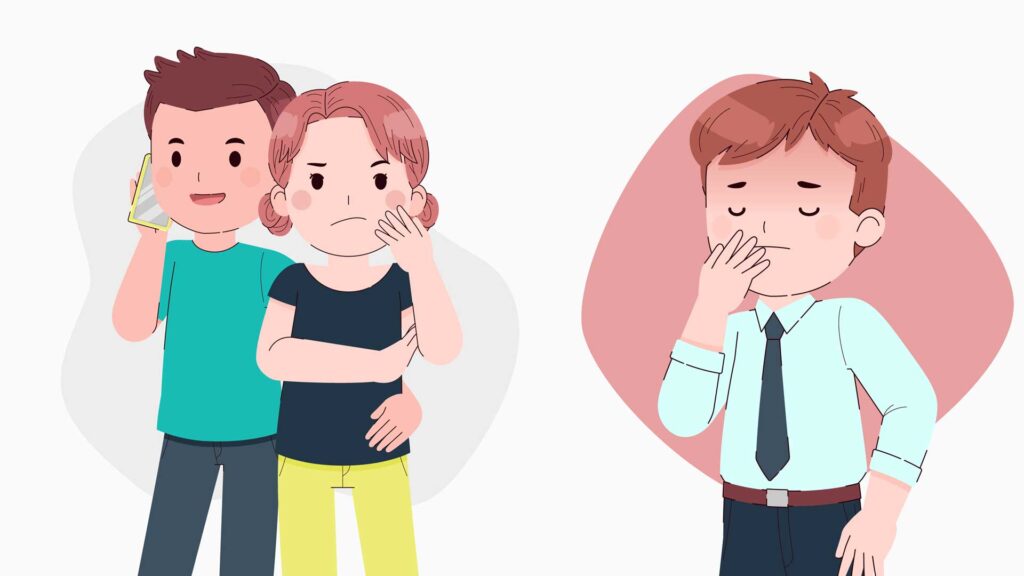Bad breath, also known as halitosis, is a common dental and medical issue that affects individuals worldwide. While it may seem like a minor inconvenience, persistent bad breath can significantly impact a person’s social, professional, and personal life. Understanding the causes, diagnosis, and treatment options for bad breath is essential for managing and preventing this condition.
Causes of Bad Breath
1. Poor Oral Hygiene
– Inadequate brushing and flossing allow food particles to remain in the mouth, leading to bacterial growth and the release of foul-smelling compounds.
2. Food Choices
– Certain foods like garlic, onions, and spices can leave lingering odors. These smells are absorbed into the bloodstream and expelled through the lungs.
3. Dry Mouth (Xerostomia)
– Saliva helps cleanse the mouth by removing food particles and bacteria. A decrease in saliva production, often due to dehydration or medications, can lead to bad breath.
4. Smoking and Tobacco Use
– Tobacco products contribute to an unpleasant odor in the mouth and increase the risk of gum disease, another source of bad breath.
5. Oral Infections and Diseases
– Conditions such as gum disease, tooth decay, and oral infections can produce malodorous compounds due to bacterial activity.
6. Systemic Health Issues
– Diseases like diabetes, respiratory infections, gastroesophageal reflux disease (GERD), and kidney or liver dysfunction can manifest as bad breath.
7. Poorly Fitted Dental Appliances
– Ill-fitting dentures or braces can trap food particles, creating an environment for bacterial growth.
Diagnosis of Bad Breath
Diagnosing bad breath typically involves a combination of self-assessment, professional evaluation, and diagnostic tools:
– Self-Assessment: Individuals may notice an unpleasant taste or odor in their mouth. Using floss or a tongue scraper and smelling it can help gauge the severity.
– Dental Examination: Dentists assess oral hygiene, dental health, and gum condition. They may also check for dry mouth and infections.
– Halimeter Test: This device measures volatile sulfur compounds (VSCs), the primary contributors to bad breath.
– Additional Tests: If systemic health issues are suspected, blood tests, imaging, or referrals to specialists may be necessary.
Treatment and Management
1. Improve Oral Hygiene
– Brush teeth twice daily with fluoride toothpaste.
– Floss daily to remove food particles between teeth.
– Clean the tongue with a scraper or toothbrush.
– Replace toothbrushes every three months.
2. Stay Hydrated
– Drink plenty of water to stimulate saliva production and keep the mouth moist.
3. Dietary Adjustments
– Limit intake of odor-causing foods and drinks like garlic, onions, coffee, and alcohol.
4. Quit Smoking
– Cease the use of tobacco products to eliminate associated odors and reduce the risk of gum disease.
5. Regular Dental Visits
– Schedule routine check-ups and cleanings to address any dental issues promptly.
6. Address Underlying Health Conditions
– Treat systemic health issues like GERD, diabetes, or infections that may contribute to bad breath.
7. Use Mouthwashes and Sprays
– Antimicrobial mouthwashes can help reduce bacteria. Avoid those with alcohol, which may worsen dry mouth.
8. Chewing Gum and Mints
– Sugar-free gum or mints can stimulate saliva production and provide temporary relief from bad breath.
Prevention Tips
– Maintain consistent oral hygiene practices.
– Eat a balanced diet with fiber-rich fruits and vegetables.
– Avoid skipping meals, as this can reduce saliva production.
– Use a humidifier at night if dry mouth is an issue.
– Consult a dentist regularly for professional cleanings and advice.
Psychological and Social Impacts
Bad breath can lead to embarrassment, anxiety, and reduced self-confidence. It can strain personal relationships and affect professional interactions. Addressing bad breath not only improves physical health but also enhances mental well-being and social dynamics.
Conclusion
While bad breath can be distressing, it is often manageable and preventable with proper care and attention. By understanding its causes and seeking timely treatment, individuals can maintain fresh breath and overall oral health. Collaboration with dental professionals and addressing lifestyle factors are key to overcoming this condition and ensuring long-term well-being.


